Introduction
Egypt has been known as a country pyramids. Generally, Pyramids refer to the huge triangle monuments specifically associated with funerary practices of ancient people. But, some experts describe their astronomical values as well. In Latin America also, pyramids can be seen. In Egypt, pyramids are numerous in number. Their antiquity can be traced since the Old Kingdom Period.
The Pyramid of Teti
The Pyramid of Teti is a pyramid of the Old Kingdom in Egypt. The period of the Old Kingdom was between 2686 – 2181 BCE. this pyramid is located at the Saqqara necropolis in Lower Egypt. It is a smooth-sided pyramid. It helps us to understand the funerary practices of the Old Kingdom period. Thus, it is an important archaeological superstructural remain.

Discovery
It was the year of 1882. Gaston Maspero first discovered this pyramid. He was a French Egyptologist. Later, from 1907 – 1965, archaeologists explored the pyramid comp-lex several times. These explorations and excavations, thus, revealed much information about this pyramid.

Pharaoh Teti
Teti was the first Pharaoh of the sixth Dynasty of Egypt. This Dynasty belonged to the Old Kingdom. It ruled Egypt between approximately 2345 – 2181 BCE. It was the last dynasty of the Old Kingdom. then the First Intermediate Period started in Egypt.
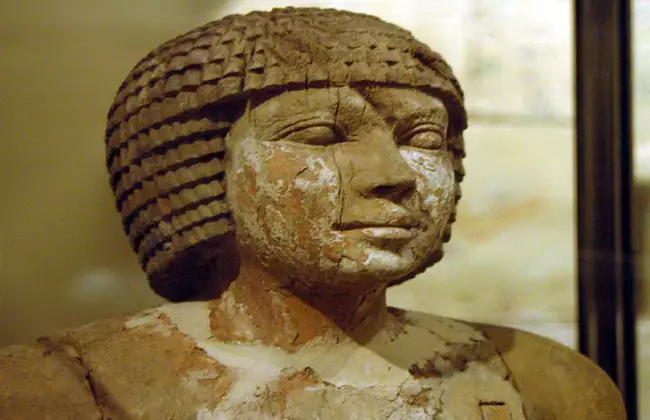
The Funerary Complex
The Pyramid of Teti is a part of a funerary complex in this region. The funerary complexes of Abusir influenced the arrangements of this funerary complex. Abusir is a necropolis of the Old Kingdom Period. Its exact location currently around the modern city of Cairo. Cairo is the Capital of Egypt presently.
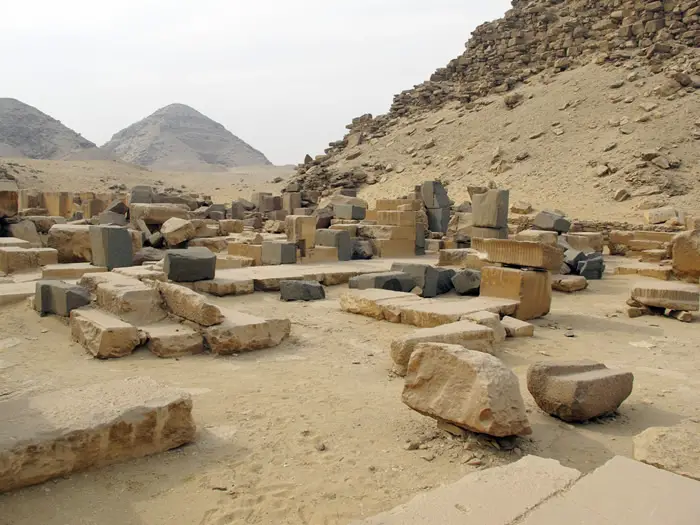
Djedkare Isesi was the eighth Pharaoh of the Fifth Dynasty. This Dynasty ruled Egypt between the late 25th – mid 24th century BCE. Djekare Isesi developed a specific model of pyramids during his reign. The funerary complex consisting of the Pyramid of Teti later followed that model.
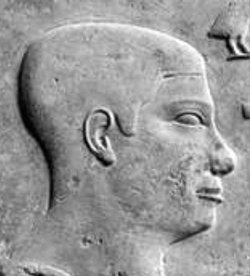
There are funerary temples in the complex. It was the year of 1906. British Egyptologist James Edward Quibell discovered a funerary temple. It is connected to the Valley temple by a causeway. The temple of Teti has a specific hall. Its name is ‘Room of the Greats’. The architecture also helps to identify it with the remains of the Old Kingdom. Because it showcases typical architectural styles of that period.
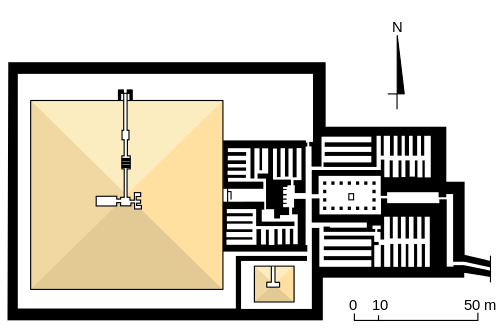
The Main Pyramid of Teti
One can access the burial chamber through the entrance hallway. There was a plug of granite for the blockage of the entrance. The funerary apartments of the king are located on the northern side of the pyramid.
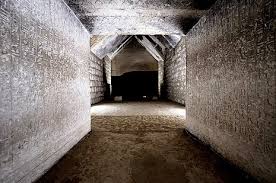
Archaeologists have also found Pyramid Texts inside the pyramid. This is the second royal monument that talks about the rebirth of the king through Pyramid Texts. Getting literary evidence is very helpful. Because it helps to correlate with the archaeological evidence. There is also the sarcophagus inside the pyramid. It is an unfinished sarcophagus. Thus, it helps us to assign this pyramid properly to pharaoh Teti. But, there is no mummy inside it.
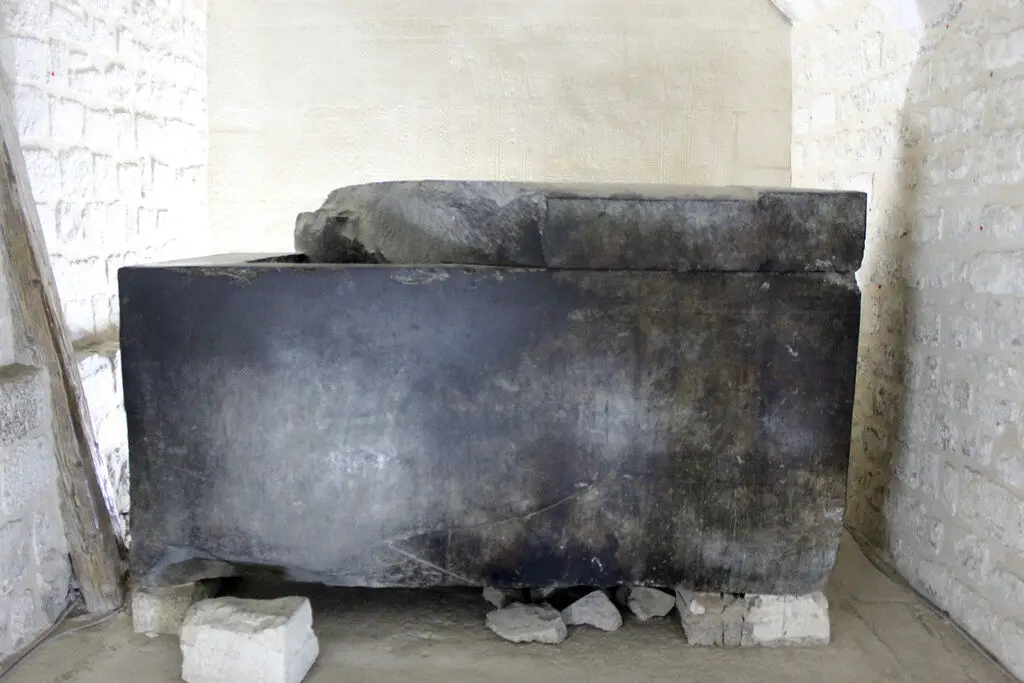
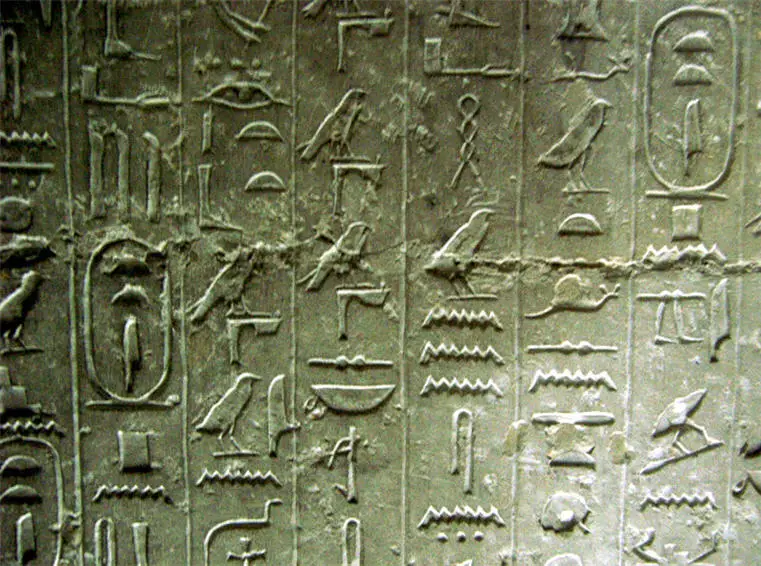
The Present Condition
The present condition of the Pyramid of Teti is two-fold. The chambers and corridors below the ground are well-preserved. But the main superstructure above the ground is not in good condition. Through the decaying process, presently it looks like a small hill. Thus, it shows the lack of interest in preserving its upper portion. So, the concerned authority must take action against this issue.